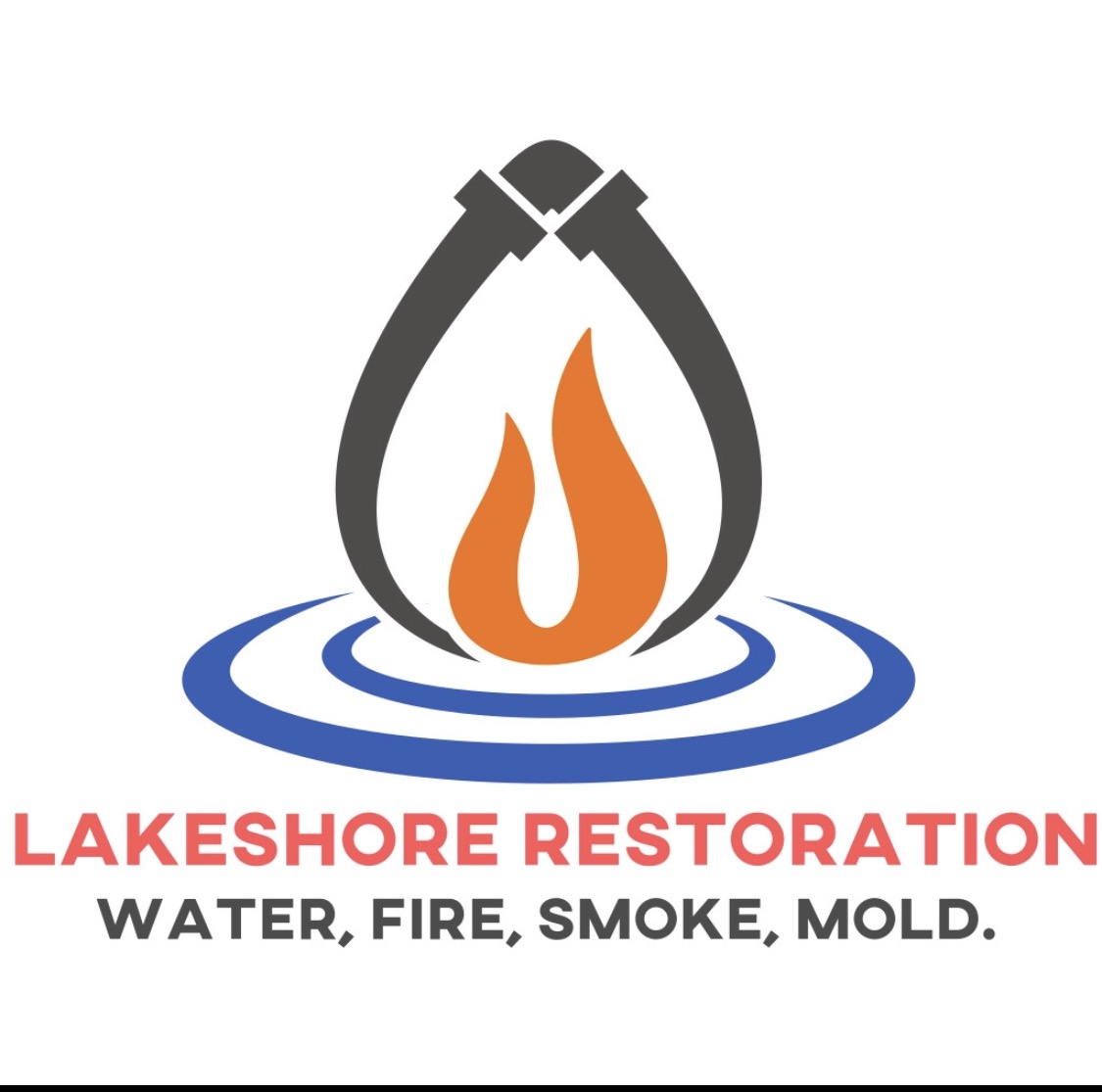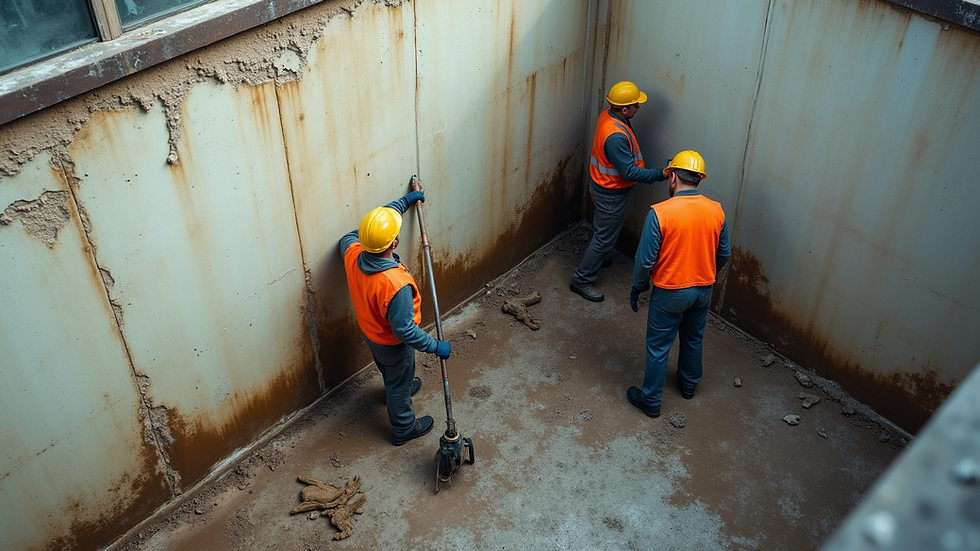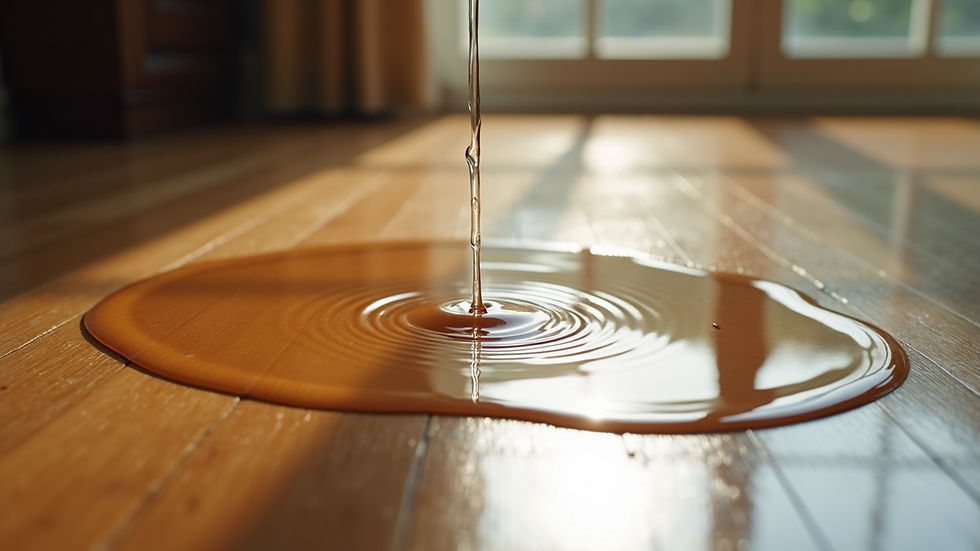Flood Restoration Services to Recover Your Property
- Lakeshore Restoration LLC

- 6 days ago
- 3 min read
Flooding can cause severe damage to homes and businesses, leaving property owners overwhelmed and unsure of the next steps. Quick and effective action is essential to minimize damage and restore your property to its original condition. This article explores practical flood repair solutions and offers guidance on how to recover your property efficiently.
Understanding Flood Repair Solutions
When floodwaters invade your property, the damage can be extensive. Flood repair solutions involve a series of steps designed to clean, dry, and restore your space. These solutions are tailored to the severity of the flood and the type of property affected.
Some common flood repair solutions include:
Water extraction: Removing standing water quickly to prevent further damage.
Drying and dehumidification: Using specialized equipment to dry out walls, floors, and furniture.
Cleaning and sanitizing: Eliminating contaminants and preventing mold growth.
Structural repairs: Fixing damaged walls, floors, and foundations.
Content restoration: Salvaging personal belongings and furniture.
Each step requires professional expertise to ensure safety and effectiveness. For example, water extraction must be done promptly to avoid long-term issues like mold and structural weakening.

Effective Flood Repair Solutions for Your Property
Choosing the right flood repair solutions depends on the extent of the damage and the materials affected. Here are some actionable recommendations to help you navigate the process:
Assess the damage immediately
Before starting repairs, evaluate the extent of water intrusion and damage. This helps prioritize tasks and identify areas needing urgent attention.
Contact professionals for water removal
Professional water extraction services use powerful pumps and vacuums to remove water quickly and safely.
Dry the property thoroughly
Use industrial fans and dehumidifiers to dry out the property. This step is crucial to prevent mold growth and further deterioration.
Clean and disinfect all surfaces
Floodwaters often carry bacteria and contaminants. Cleaning with appropriate disinfectants ensures a safe environment.
Repair structural damage
Inspect walls, floors, and foundations for cracks or weakening. Repair or replace damaged materials to restore stability.
Restore personal belongings
Some items can be salvaged with professional cleaning and drying techniques. Prioritize valuable or sentimental items.
Document everything for insurance
Take photos and keep records of all damage and repairs. This documentation supports insurance claims and reimbursement.
By following these steps, you can reduce the long-term impact of flooding and restore your property efficiently.

What is the difference between remediation and restoration?
Understanding the difference between remediation and restoration is key to managing flood damage effectively.
Remediation refers to the process of removing the water and contaminants from your property. It focuses on stopping further damage and making the environment safe. This includes water extraction, drying, and cleaning.
Restoration involves repairing and rebuilding the property to its pre-flood condition. This can include replacing drywall, flooring, and other structural elements, as well as restoring personal belongings.
Both processes are essential, but they serve different purposes. Remediation is the immediate response to flood damage, while restoration is the long-term recovery phase.

Why Professional Flood Restoration Services Matter
Flood damage is complex and requires specialized knowledge and equipment. Attempting DIY repairs can lead to incomplete drying, hidden mold growth, and structural issues. Professional flood restoration services provide:
Expert assessment of damage and risks.
Advanced equipment for water extraction and drying.
Safe removal of contaminants.
Efficient restoration to minimize downtime.
Insurance claim assistance to ease the financial burden.
Hiring professionals ensures your property is restored safely and thoroughly, protecting your investment and health.
Preparing Your Property for Future Floods
After recovering from a flood, it’s important to take steps to reduce the risk of future damage. Consider these flood repair solutions to protect your property:
Install sump pumps to remove water quickly.
Seal cracks and gaps in foundations and walls.
Elevate electrical systems above potential flood levels.
Use water-resistant building materials in vulnerable areas.
Create proper drainage around your property.
Keep gutters and drains clear to prevent water buildup.
Regular maintenance and preparedness can save you time, money, and stress in the event of another flood.
Flood damage can be devastating, but with the right flood repair solutions and professional help, you can restore your property and protect it against future risks. Taking swift action and understanding the restoration process are key to a successful recovery.




Comments